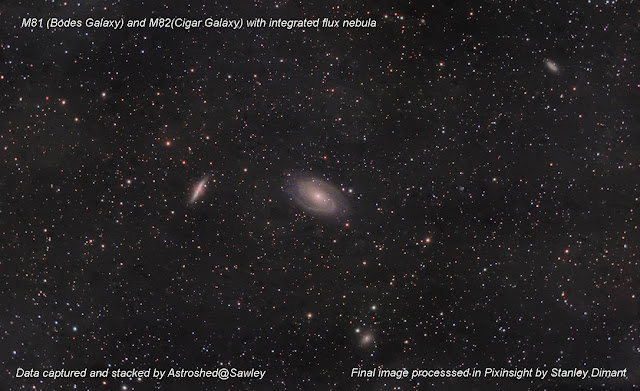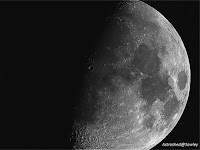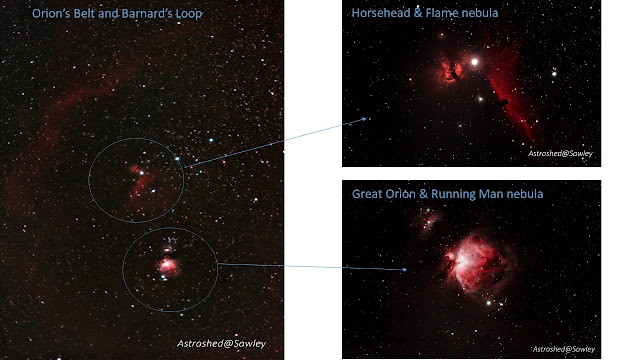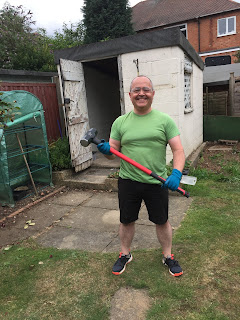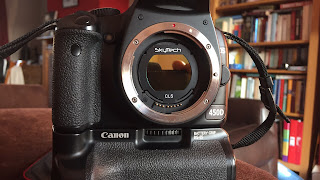Short nights? Warm weather? Must be summer!

My new logo - courtesy of graphic design genius Amy Platkiw Looking back on my list of blogs, the last update from Astroshed@Sawley was 28th April 2018. So.....did I just give up? Declare the nights too short and simply go to bed? Nope - I got busy!! I took an early holiday in May. A cruise along the Norwegian Fjords had been planned for a while....so I took the opportunity to dismantle my mount and telescope and send the mount into Rother Valley Optics for a full service, re-grease, new bearings and a belt mod. Given the waiting list and turn around time for this service was 3-4 weeks, heading into the summer seemed to be the right time to do this with light nights etc - so I went for it! And then went on holiday! Even while I was away I managed to get some lunar images. Check this out! A fantastic moonrise over Nordfjord taken from the upper deck of Cunard's Queen Victoria. It was early, mind! I stood next to the galley night shift when I took this picture. They wer...
